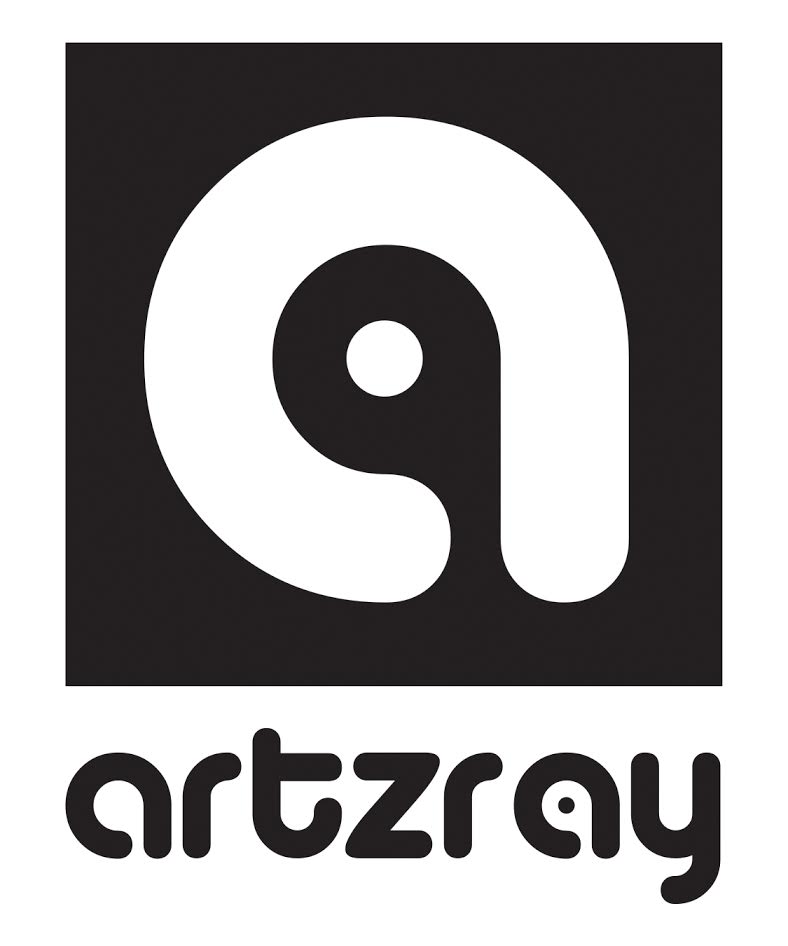Do You Have A Digital Strategy for Your Arts Career?


You’re a young artist (or dancer, actor, musician, animator) and you have a Facebook page, a Twitter account, you’re on Instagram and blog sporadically on Tumblr, maybe you’ve even shot a few You Tube videos. You don’t always remember to update your website and you feel kind of conflicted about “marketing” yourself, but you know you have to have one of the great optimum internet plans, or a plan from another provider, and put yourself out there into the vast Internet wasteland in order to have any chance of making some sort of mark on the industry.
But do you have a “digital strategy?” and what does that even mean?
Artzray spoke with Jennifer van Dijk a digital executive with over 17 years of experience in strategic digital business development and revenue creation about this topic.
First, Jenn shared a bit about her background that allows her to relate to an artistic pathway.
Jenn grew up in a household where critical thinking was a dinner table requirement. Her father was an architect who designed both large and small-scale projects, from parking garages to concert halls and everything in between. His professional peers included many well-known architects, who were friends of the family and frequent house guests. Her mother was an art history major who took her kids to museums and art exhibits. So for Jenn, design and art were always in the mix and she absorbed it all.
She says, “I learned to think” like a designer and artist.

A lifelong sports fan and athlete, Jenn is headed to a new position as the NBA’s new VP of Marketing and Business operations, but we discussed her her most recent job as Senior Vice President, Digital at Wasserman Media Group.
Jenn sees creativity in what she does building digital content across multiple platforms for clients who span multiple industries from the sports and entertainment worlds, to corporations. She characterizes her work as “holistic, strategic, problem solving.” Her job is to solve problems and create a “value proposition” for her clients.
What is a “value proposition?” Michel Skok in his Forbes article “4 Steps to Building a Compelling Value Proposition” states “In its simplest terms, a value proposition is a positioning statement that explains what benefit you provide for who and how you do it uniquely well. It describes your target buyer, the problem you solve, and why you’re distinctly better than the alternatives.”
When thinking about a digital strategy for themselves, artists can look at the “who and how you do it uniquely well” part of that definition and apply that to their digital profile. Artists need to communicate and make connection with their audience(s) in order to engage other artists, grow and develop their art practice, find work, and create community. Your digital footprint is worth considering as Jen says, “holistically” and “strategically.”
To illustrate how she creates a digital strategy, Jenn spoke about two of her clients, Airbnb and the New York City Ballet. In the case of Airbnb, their goal was to engage more athletes and sports teams in using their service instead of a hotel, so Jenn asked, “How do athletes and people in sports travel? What do they want when they are on the road when they are competing? Can they get a good night’s sleep and wake up refreshed? How do they maintain good nutrition on the road if they stay in a hotel?” The answers to these questions led to a “shared sportsmanship” content strategy. It’s about knowing your target demographic and appealing to them, then creating a connection where there may not have seen one before. Jenn creatively connects those dots with her clients.
In the case of the NY City Ballet, it was determining what the barriers there were for audiences in attending their performances, and giving them the right digital content to build value for developing new audiences.
“The goal was to use digital to engage new potential audience segments and then once they came to a show, the experience would sell itself.”
“We wanted to target key segments of the digital audience that may not be exposed to the NYC Ballet through traditional marketing. Meaning, if I was exposed to the athleticism of the performers and performances, I (as a sports fan) may find something more compelling than a simple add for the 100th Nutcracker ballet. Conversely, if it was communicated to 20-somthings as a cool way to spend a fancy night out with a cocktail reception targeted at me and my friends, that may be a way to use digital to draw in new people. The goal was to use digital to engage new potential audience segments and then once they came to a show, the experience would sell itself. Sometimes you just need to make people aware of something in terms they can relate to.”

Artists need to find their own “value proposition” like Jen did for her clients, by answering those bigger questions about their art practices that will deepen their on-line content. Lifting up out of your immediate desire for work and asking yourself what you really value about your art can help you feel less about “shameless self-promotion” in your blogs and Twitter feed, and more about what you love, what makes you tick, and how you move through the world.
We asked Jenn what crossovers there are between the worlds of art and culture and the sports industry in terms of digital strategies and navigating a career.
Jenn sees that professional athletes as well as the artists of today start digitally marketing themselves as early as high school. “In the marketplace today a young person can have an idea for a new tool in their field (and make an inexpensive prototype with a 3D printer) and take that idea out into the world. Anyone at any age can make that happen for themselves today, and that ability didn’t exist before. You have to create something. Show that initiative. Think about it as a business. Ask yourself, who can help you reach your goal? Who is your audience?” And then create a strategy to connect with them. It is imperative for professional artists to present themselves in a way that captures the attention of their niche audience and create a lasting partnership, whether it is through website maintenance or coming up with innovative marketing strategies.

Jenn notes that one of the challenges for creatives to overcome is that “The language of business is a different language from the language that artists and creative people speak, but both sides need to learn to speak with each other in order for there to be a successful partnership.”
Jenn references Misty Copeland (the first black Principal Ballerina for the American Ballet Theatre) who has developed a successful partnership with Under Armor that, beyond a simple product endorsement, positions her as both an artist and an athlete, and broadens the typical rarefied perception of ballet dancers. Called “I Will What I Want,” the ad powerfully illustrates the shared values and work ethic between the artist and the athlete; and seeks to create connection beyond both of those worlds by focusing on the even more universal themes of self-discipline and the will to overcome failures and set-backs and to persist in your vision of who you are becoming. These inspirational themes and unique positioning help to make Misty and (through her connection to them) Under Armor more relevant to a broader range of people beyond the spheres of both the arts and sports worlds.
Do you have to become a YouTuber?
Jenn says “It just comes with the territory at this point. Video is king. Selling yourself and your work means knowing what you are good at and knowing where you need to go to improve on your gaps. Building a digital profile and library of videos about your work will serve you no matter what your art form is, whether it is on YouTube or native uploads to Facebook, Twitter, Instagram never hurt anything, and open you up to a broader audience. Hashtags are also a great way to get something in front of someone and make them aware of something they might not know they liked. From a digital strategy standpoint, sharing your talent and who you are as an artist is the same whether you are a musician, actor, dancer, or athlete.”
Not everyone is Misty Copeland (or fill in the blank with your equivalent artist/celebrity of the moment) but asking yourself what you think you uniquely bring to the creative marketplace is worth exploring. The answers you find will ultimately lead you to your own digital strategy that is organic and real, and relates to “universal themes” that will lead you to finding and connecting with your audience.
Jennifer van Dijk joined Wasserman Media Group in 2008 and is now Senior Vice President of the Digital Group. In this role, van Dijk works with major sports, athlete and brand clients including Pepsi, Orlando Magic, Boston Celtics, Airbnb, Samsung, Ironman and others. Focused on the development of unique partnerships and digital sports business models, the Digital Group is a premier strategic content and marketing specialty at Wasserman.
The Digital work van Dijk leads at Wasserman extends from negotiating multiplatform digital rights packages around major sports to defining game changing fan experiences that infuse the human elements of technology into the game experience itself. She has a specialty in working with new technology and social platforms like Twitter and Facebook to create new content and services for fans and teams.
Follow Jennifer van Dijk on Twitter



